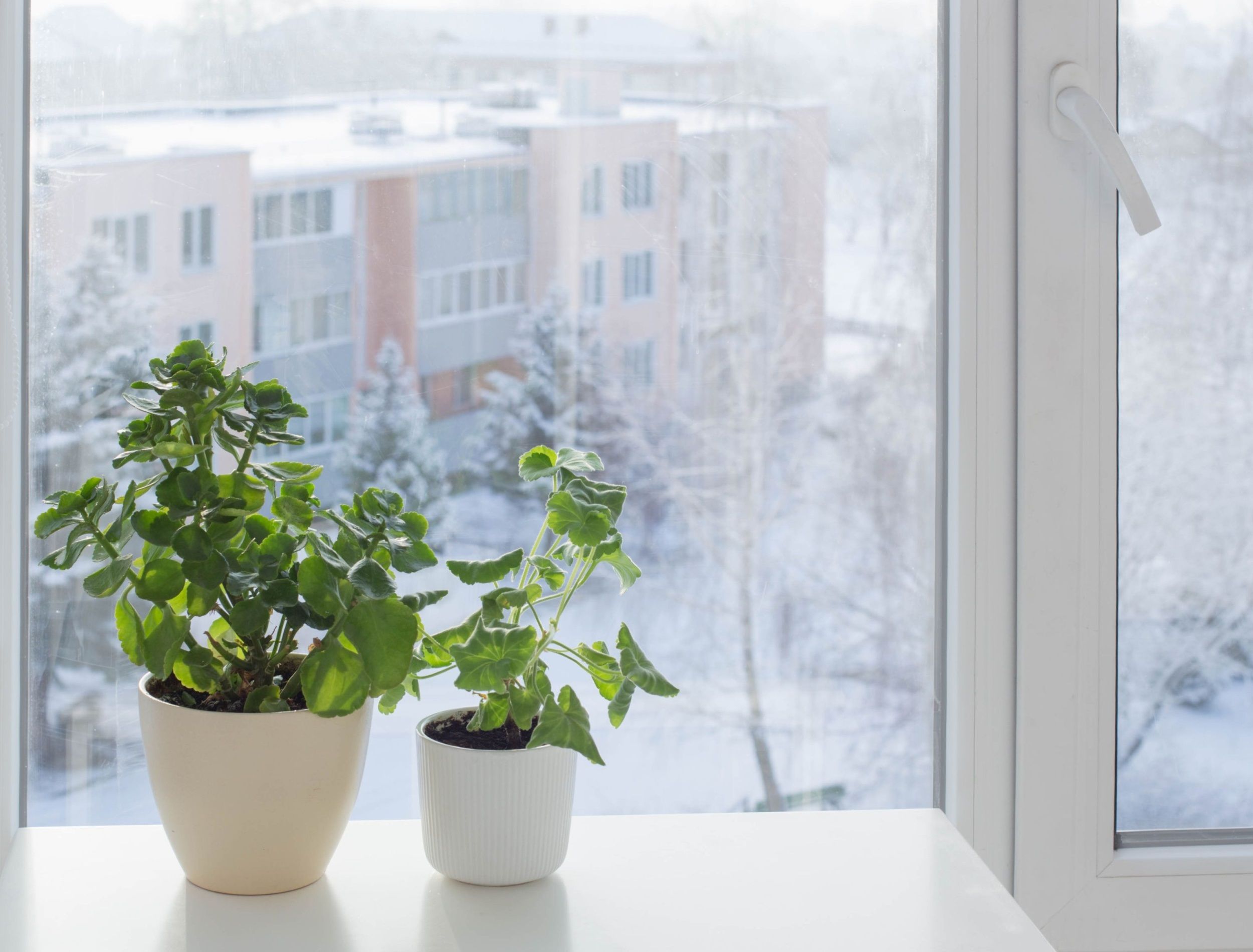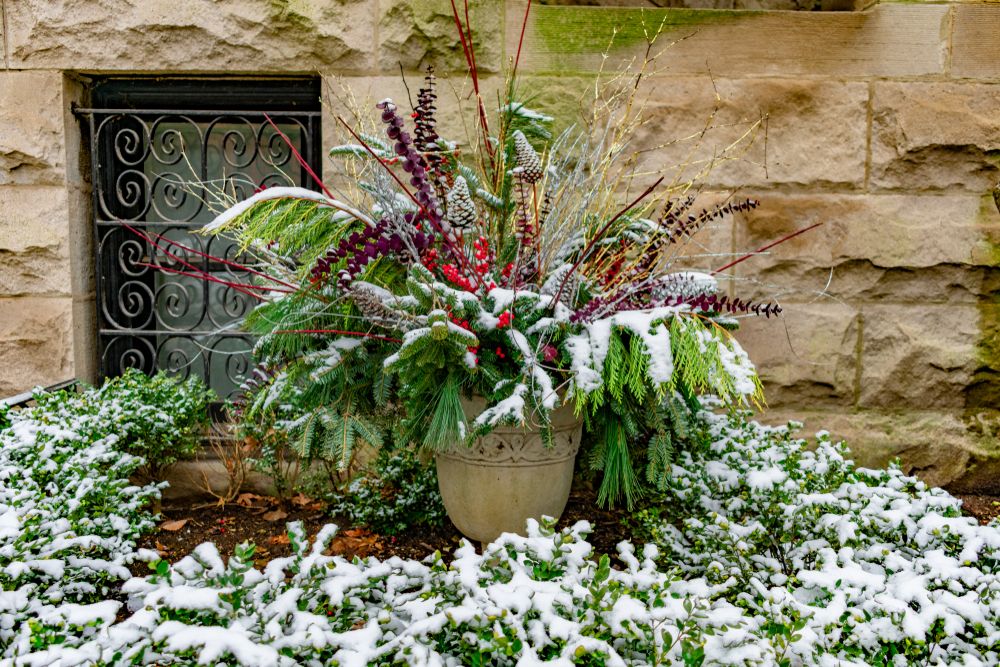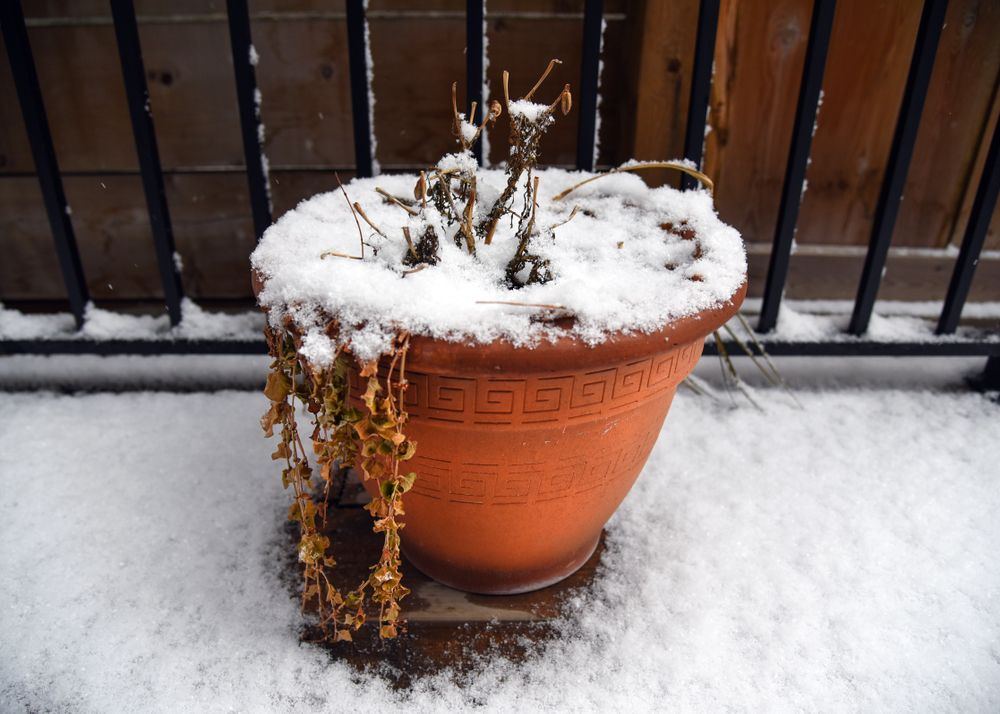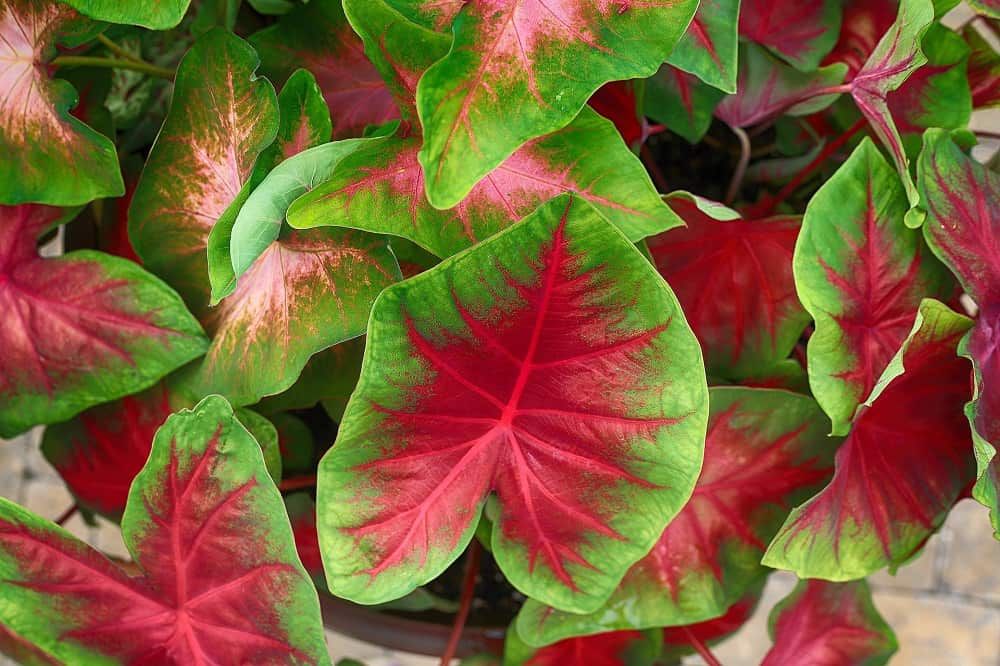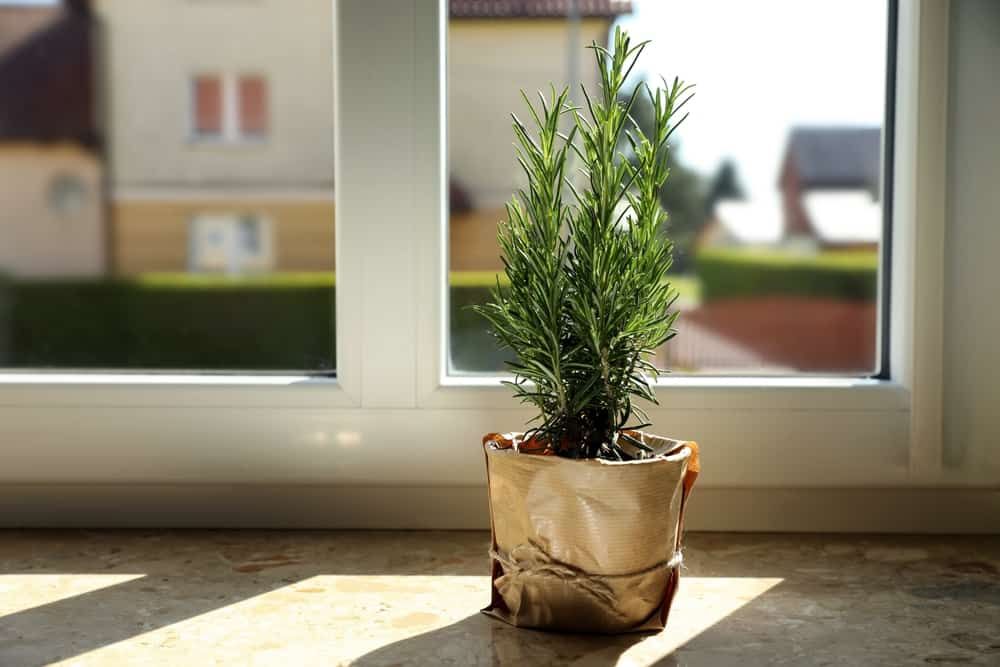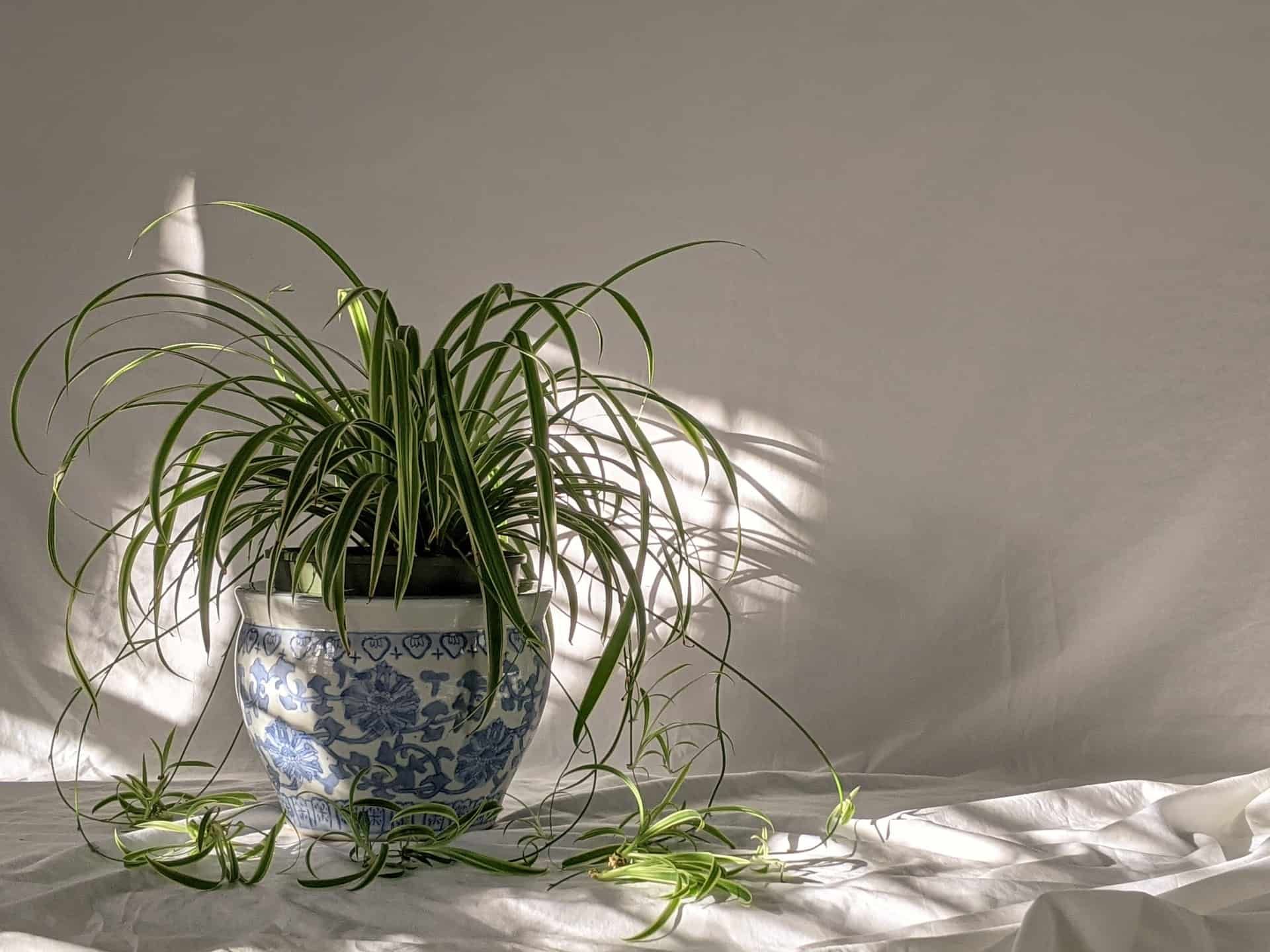As the weather starts to cool down, you may be wondering when to bring your potted plants inside. While there is no one definitive answer to this question, there are a few things to keep in mind when making your decision.
Below you’ll read about some of the factors you should consider when deciding whether or not to move your plants indoors. And as an added bonus, you’ll also find some tips on how to care for potted plants before you bring them inside for the colder months, so read on to learn more!
When Should You Bring Your Potted Plants Indoors?
The last thing you want is for your beautiful potted plants to succumb to the cold weather. Here are some tips on when to bring your potted plants inside so they can continue to thrive indoors all winter long.
Check the Forecast
Image credits: James Andrews1 via Shutterstock
This may seem like an obvious one, but it's important to keep an eye on the temperature outside. Once the evening temperatures start dipping below 50 degrees Fahrenheit, it's time to bring your plants inside.
Take a Look at Your Plants
Image credits: Brett Holmes via Shutterstock
Another way to tell if it's time to bring your plants inside is by checking them for signs of stress. If you see leaves that are starting to droop, turn brown, or exhibit signs of frost damage, this is a cue that they are not doing well in the cold weather.
What Plants To Bring Indoors This Winter
Indoor plants are a great way to add some life to your home during the winter months. But not all plants are created equal when it comes to surviving the colder temperatures. Here are a few fan-favorite indoor plants that you will need to bring in when the temperature dips below 50 degrees Fahrenheit .
Plants That Need A Dormant Period
Image credits: mschiffm via Pixabay
Many flowering plants, including cannas, require a period of winter dormancy. Dormancy is a natural process in which the plant's growth slows or stops growing all together. This allows the plant to rest and store energy for the next growing season; new growth also doesn't do well come frost.
When bringing your plants indoors for the winter, it's important to give them the proper conditions to enter dormancy. Most plants require a period of cooler temperatures in order to trigger this process. Once the plant has entered dormancy, it will need fewer nutrients and the amount of light it needs will also decrease.
There are a few things you can do to help your plant transition into its dormant state. First, stop watering the plant. This will help slow its growth. Second, trim away any dead foliage. Finally, place it in a shady, cool spot.
Some examples of plants that need a winter dormancy period include caladiums, elephant ears, tuber roses, and calla lilies.
Plants That Keep Growing in The Winter
Image credits: New Africa via Shutterstock
When the temperatures start to drop and the days get shorter, most plants go into a state of dormancy. This means that they stop growing and enter a period of rest. However, there are some plants that actually prefer cooler weather and continue to grow throughout the winter months. If you have these varieties of plants, here’s what you can do to make their transition smoother.
First, it's best to acclimatize them to lower lighting levels for a couple of days before moving them inside. Move a plant that's in full sun outdoors to an area in a shaded area outside. This will help your plant adapt to the lower light levels indoors.
Second, if your plants have been used to a lot of light, try putting them in comparable conditions indoors. You can place your plants near a south-facing window or under grow lights for 16 hours a day. If the leaves start dropping, don’t worry. It’s just your plant adjusting to its new home. They will bounce back in no time.
Finally, if your plant needs some trimming to decrease its size, prune it before moving it indoors.
Plants that will keep growing in the winter months include fuchsia, coleus, agapanthus, rosemary, and iresine.
Tropical Plants
Image credit Susan Wilkinson via Upsplash
When the weather outside starts to get chilly, it's time to start thinking about bringing your tropical plants indoors for the winter. Watch the temperature and make sure you get them in the house before it drops below 45 degrees Fahrenheit.
To acclimate them, be sure to bring them indoors prior to any frost or freeze and move them inside gradually to avoid shocking the plant.
Some tropical plants include spider plants, India rubber plants, and snowbush.
Don't Let The Frost Bite!
Now that you know the things to consider when deciding whether or not to move your plants indoors, it’s time for you to make a decision! Do any of these factors stand out to you as being especially important?
If so, go ahead and take your potted plants inside. And if you have any tips or tricks on how to care for them during the colder months, be sure to share them in the comments below.

